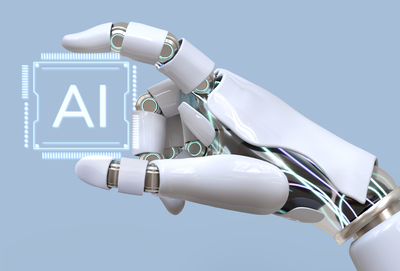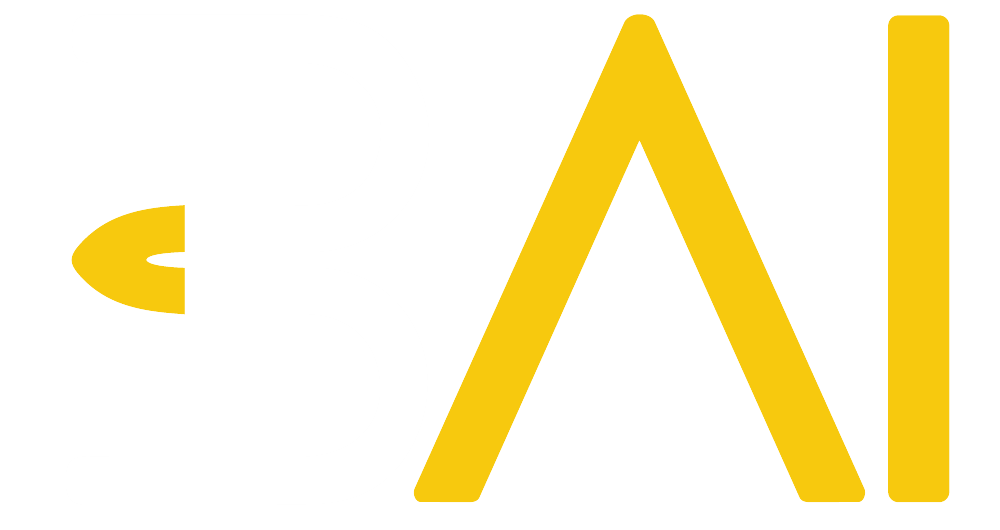ADKAR – Driving Behavioural Change for Smoother AI Adoption
3AI August 30, 2023

Featured Article:
Author: Abhishek Tandon, LTIMindtree
As mentioned in chapter 1, AI projects generally suffer from abandonment because they are left at the point of execution and not thought through from a consumption perspective. One of the key reasons for that is lack of understanding of the “bigger picture” that ends up causing a lot of confusion in the mind of the end consumer in terms of its relevance in their world. Chapter 2, focused on the framework that can help to clearly articulate business need and thus create a bridge between the business and technology through the Success Hierarchy. However, this will only get you to the point of right execution and help understand the big picture. Its like creating a well and having a horse. There is still a lot of work involved to get the horse to the well.
One of the biggest issues with change is that nobody wants it. Hence, while the AI program may be extremely beneficial, may lead to tremendous cost savings and may even reduce effort to get to the right outcome, there is still a pushback to get users to accept it and more importantly allow it.
Hence, the most important piece of adoption is linked with a structured program which follows the philosophy Crawl – Walk – Run. I am taking motivation from Prosci’s Change Management framework called ADKAR.
A – Awareness
D – Desire
K – Knowledge
A – Ability
R – Reinforce
Awareness – This is linked with the users being made aware about solution and its key elements, what does it do, how does it do it and what can the users expect. Awareness should not be confused with Training. It is more like an expectation setting and overview session.
Desire – Desire is a critical aspect of the user journey. While awareness is focused on the nuts and bolts of what has been done, desire ensures that the key benefits are highlighted to them. The benefits are extremely critical for the users to be convinced that the solution is worth their time. Many a times, AI practitioners tend to ignore this. A critical aspect of driving desire is to ensure that the stakeholder and/or the manager shares a video testimonial about the solution clearly highlighting why they have invested in this solution and what it means for them.
Knowledge – This is where the actual training starts. The users are trained on how they will be using the system and how should they interpret results. Training programs need to be exhaustive and most importantly should be interactive. Moreover, they should be layered with videos, documents and a “fall back” support person who can respond on all kinds of queries in case the user gets stuck. Finally, the training should end with an exercise which certifies that the users are ready to use the solution.
Ability – While people may have done their training diligently, they may still not put their learning to practice. A big reason is the fact that trainings are still a controlled environment while users suddenly tend to realize knowledge gaps when they use the solution themselves. Hence, Ability requires its own support structure. The ideal support structure should be built from within, where internal Champions of the solution are identified from within the user group. Along with this, lunch and learn sessions, expert sessions and monitoring would be other initiatives to improve ability. In summary, the big difference between Ability and Knowledge is that Knowledge focuses on learning while Ability focuses on application.
Reinforcement – There is a natural tendency for people to go back to their older ways of working. This becomes even more prevalent since the implementation and support teams tend to move on to other projects. Unless the solution becomes a habit, there is always a chance that it will get dropped. Reinforcement keeps reminding users the reason they signed up for the project and accepted it as a change. Gamification is a great way for reinforcement to happen. Further, discussing impact of the solution and showcasing it to other users will also drive reinforcement as the focus is on business value rather than usage alone. It helps drive confidence with other users and ensures that the success of the solution can drive further expansion.
As per Change Management professionals around the world, the highest drops are observed at the Desire stage and the Ability stage. A big reason for that is because users are either not convinced about the solution or have taken up trainings under pressure from their superiors but are not willing to accept it as a routine activity. Hence, we can’t simply skip steps and expect the same results. These programs need to be planned over months else, the adoption of our AI programs will never change.
Title picture: freepik.com






